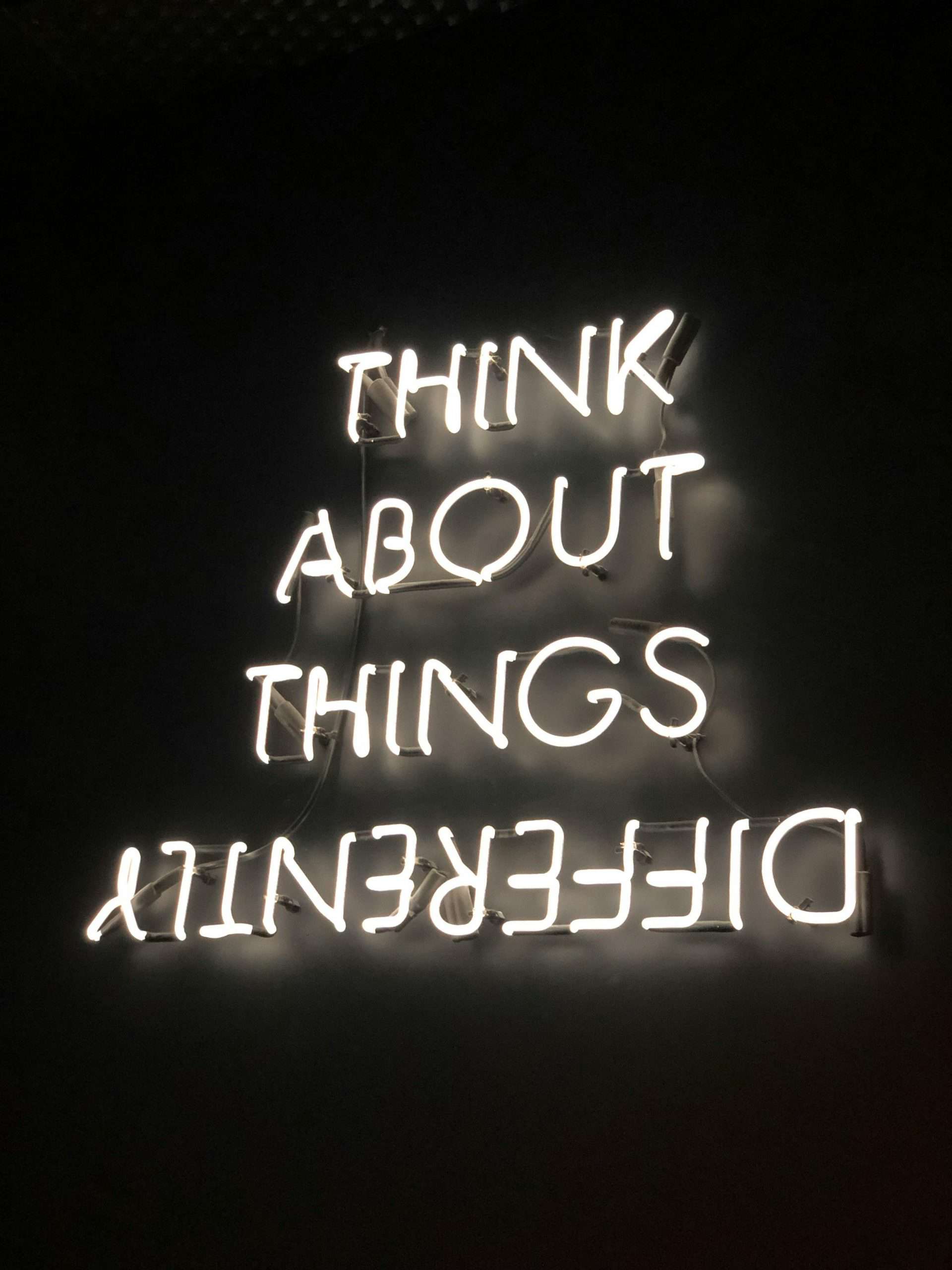Welcome to the digital age where the Internet of Things (IoT) is rapidly reshaping the world around us, including the landscape of web design. The IoT presents a range of opportunities and challenges for web developers and designers alike. Stick with us as we delve into the fascinating mechanics of this intersection.
Understanding IoT and Web Design
At its core, Internet of Things refers to the network of physical devices, home appliances, vehicles and other items embedded with sensors and software, enabling these objects to connect and exchange data over the internet. It's a burgeoning technology that's altering the way we interact with the world, from our homes and cars, to the apps on our phones.
The IoT is not just about smart homes and wearable technologies. When we talk about the IoT in web design, it's about creating a seamless interaction between users and their devices, enhancing the overall user experience.
Web Design, on the other hand, is an art and science of creating visually appealing, engaging and user-centric websites. But, with IoT becoming an integral part of our lives, web design is no longer limited to aesthetics and usability. It's now about smooth integration with IoT devices and facilitating real-time communication.
- Connectivity: The IoT demands for websites to be more versatile in connecting with wider range of devices.
- Interactivity: IoT devices align with the shift of web interactions happening largely through touch, voice and gestures.
- Data Management: With huge volumes of data generated by IoT devices, handling such data efficiently becomes crucial for web design.
- Security: Given the sensitive nature of data handled by IoT, data security has never been more important in web design.

This article seeks to enlighten you on how the advent of IoT is catalysing changes in the web design paradigm and subsequently taking the user experience to uncharted territories. Whether you're a seasoned developer, an aspiring web designer or a curious reader, we aim to provide some valuable insights into this exciting, ongoing transformation.
Let's start with the basics: when you visit a webpage, you're interacting with a machine. Traditionally, this interaction has revolved around simple inputs (like clicking with a mouse or typing on a keyboard) and basic outputs (like text on a screen or audio from your speakers). But with IoT integrated into web design, the dynamics of this interaction are changing.
Integration of Natural User Interactions
One of the most significant impacts is the likelihood of seeing an increasing trend where the means of communication with websites shifts from traditional input methods to more natural user interactions. Internet of Things focuses on connecting our physical and virtual worlds, and this is likely to put pressure on web designers to implement more natural, intuitive and real-time interfaces. Whether it's voice-controlled smart speakers or gesture-controlled smart televisions, with IoT, interacting with webpages might soon feel a lot more like having a normal conversation.
"No more complex navigations or baffling menus, the technology of IoT strives to simplify user experience and encourages web designers to incorporate interfaces that communicate with users in their natural language."
IoT: Real-Time Updates and Interactions
Another significant change is the need for effective real-time communication. Traditional website designs allow for a stale, one-way flow of information. But with IoT, devices are often feeding back as much information as they are receiving. This kind of interaction demands a website design that can handle robust, real-time updates without causing undue latency or loading issues. For example, you might be using a smart wearable that tracks your fitness goals, and want to check your progress on the corresponding website – you'd expect the data to be updated immediately and accurately.
Increased Need for Data Security
The third significant transformation stems from the need to better secure the huge volumes of personal data generated by IoT devices, as this provides an attractive target for cyber criminals. This doesn't only impact the technical security measures a website needs to implement, but also the design and user experience itself. Users need to be able to trust that their data is secure, and designers play a big part in creating this trust through transparent and user-friendly security measures
Whether it's the integration of more natural user interactions, adaptation to real-time data updates, or better data security measures, it's clear that the IoT is reshaping and enhancing web design on multiple fronts. Designers will need to be on the front line of these changes, constantly adapting to meet the changing demands of users and the evolving capabilities of technology.

